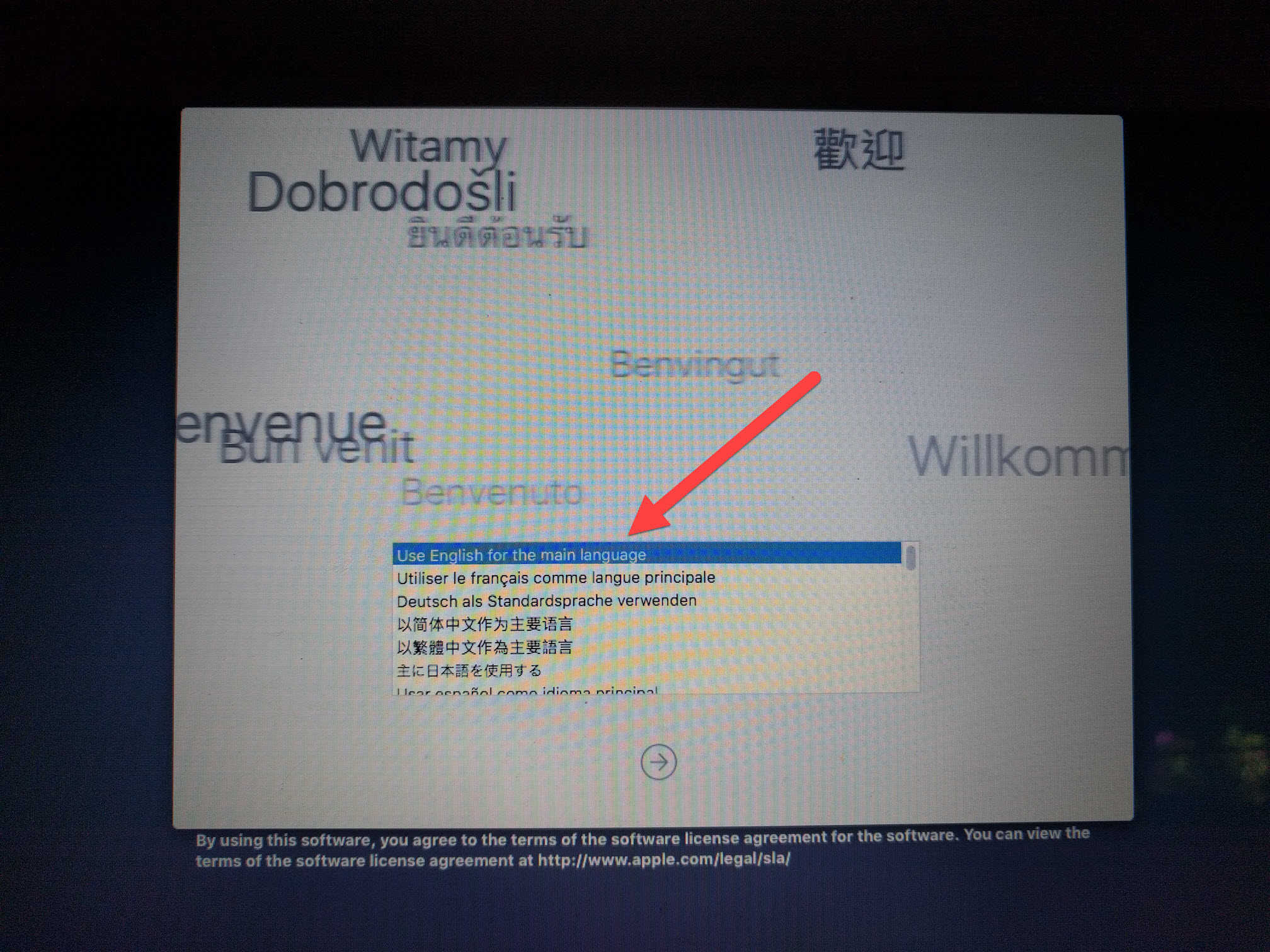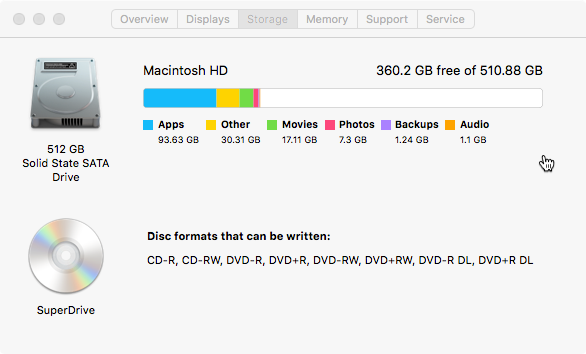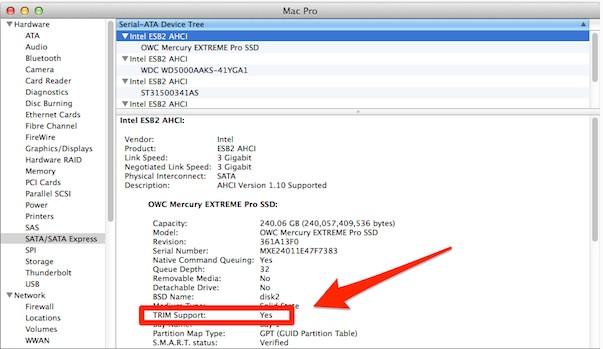
This can be done, on a Mac, by enabling FileVault, booting into recovery mode, unlocking and then deleting the drive with Disk Utility. To make it hard for recovery tools.Įncrypting a SSD with any kind of suitably secure key, and then erasing that key, makes it virtually impossible to recover any data. It is possible to recover files from an SSD, but this usually requires a lot of extra effort. So once data is deleted, find the place a file used to reside in is like putting together a multi-million piece jigsaw puzzle (all before any garbage collecting the drive may decide to do). The data isn't necessarily encrypted, but it is distributed data over many locations in order to perform as few writes as possible to a single location (both for performance and for drive longevity). It is pretty difficult to recover data from an SSD.Īs Trane Francks explained, recovering data from an SSD is, by default, pretty difficult.
#SECURE ERASE MAC SSD HOW TO#
Glenn Fleishman, gives a good overview of this in " How to replace El Capitan's missing Secure Empty Trash." The fact that, currently, the only DoD/NSA approved SSD sanitation procedure is smelting or shredding the drive into a fine powder somewhat echoes the challenge in being able to wipe a drive, for sure. This issue was addressed by removing the “Secure Empty Trash” option. I'm a couple years late to the party, but it might be worth pointing out that Apple (who has now entirely remove "Secure Erase" options from the Disk Utility app) hasn't really removed the option because it "isn't necessary" - according to its El Capitan security release notes, they did it because they can't guarantee a secure erase:ĭescription: An issue existed in guaranteeing secure deletion of Trash files on some systems, such as those with flash storage.

Does anyone know if this is really true? Could you point me to something verifying that Apple's SSD's do this? The problem is that all I can find to back this view up is a post by a knowledgeable member of the Apple Support Forums.


When I use Disk Utility's Erase button on an SSD, the Mac clears out that key, so even though the data hasn't been overwritten, it's all inaccessible ciphertext now that the key is gone, and is as good as zeroed-out. they generate a random key and store it in the disk's metadata and encrypt all data stored to the drive with that key (additional explanation here). The single explanation that could reconcile these two perspectives is that MacBook SSD's are "self-encrypting", i.e.
#SECURE ERASE MAC SSD FREE#
Because SSD's dynamically remap blocks on write and because they have large chunks of free space inaccessible to the OS, it's impossible to overwrite the entire drive. The problem is that almost every article I can find on this subject contradicts Apple's optimistic view about erasing an SSD. This sounds good to me, and this view was confirmed both at the Genius Bar and by calling Apple. These options are not needed for an SSDĭrive because a standard erase makes it difficult to recover data from Note: With an SSD drive, Secure Erase and Erasing Free Space are notĪvailable in Disk Utility. However, I'm unable to do a Secure Erase from the recovery disk (as I used to do with mechanical hard drives before selling or giving away a computer) since the "Security Options" button is grayed out.īased on an article in Apple's knowledge base, the button is intentionally disabled for SSD's because:
#SECURE ERASE MAC SSD PRO#
I'm about to trade in a 2010 MacBook Pro with an SSD.


 0 kommentar(er)
0 kommentar(er)
